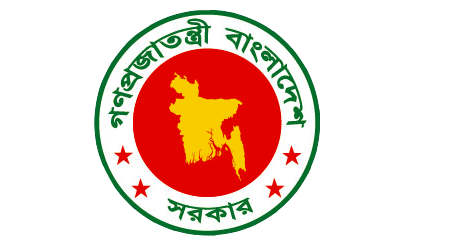The frequency and magnitude of disasters are changing regularly. People around the world are experiencing more natural and human-induced disasters than ever before. Due to climate change and other causes, there is a change in the pattern and impact of disasters. With a mass population and limited resources, Bangladesh has been facing immense difficulties to manage both natural and human-induced disasters. According to INFORM Global Risk Index 2020, Bangladesh is in the 2nd position to be at the highest risk of getting affected by natural hazards (United Nations Office for the Coordination of Humanitarian Affairs, 2020).
According to the report, the exposure and vulnerability levels of Bangladesh to facing disasters are also very high. According to the World Bank, every year huge amount of loss is reported in the world due to natural disasters, which cost 520 billion US dollars, adding 26 million poor people each year. Due to heavy rain and the river system of the Brahmaputra-Ganges-Meghna basin Bangladesh has been experiencing severe flood hazards almost every year. The hydro-meteorological characteristics of the three basins are unique and their combined discharge is among the highest in the world, at 1.214*109 cu m. Over millennia, people have naturally settled in flood plains and river basins. Evidence reviled that flood and poverty are inextricably linked. Flood can devastate the physical and social capital of societies and destroy whatever tiny amounts of savings poor households have.
In May-June 2022, an early monsoon flood occurred in the north-eastern part of Bangladesh and affected several places in several districts in the northeast region of Bangladesh including Sylhet, Sunamganj, Habiganj, Netrokona, Maulvibazar, Kurigram, and Jamalpur especially Sylhet and Sunamganj, being the most affected (Map 1 and 2). According to Indian Meteorological Department (IMD)- the world’s wettest place rewrote its June rainfall records held since 1940. The 24-hour rainfall recorded here on Friday (17 June) was 1003.6 mm, surpassing the previous record of 945.4 mm in 1966. The second closest rainfall record was held by nearby Cherrapunji, another wet place, where the 24-hour rainfall on Friday (17 June) was 972 mm. For three consecutive days from June 15 to 17, the 24-hour rain recorded in Cherrapunji was 811mm, 673.6mm, and 972mm. These include the third wettest (June 17) and the eighth wettest (June 15) days in June in 122 years.
It is assumed that unprecedented rainfall happened in the upstream region causing flooding downstream. Flood mapping shown in Fig 1 and Fig 2 is a very initial estimate of flood extent. These maps can be substantially improved using the data of river cross-sections, water levels, and other relevant information. The destructiveness of flood and the dimension of damage and loss reported in the news media push the scientific community to conduct an in-depth investigation of the phenomena. Along with the damage and loss assessment, it is also crucial to assess the needs of flood victims to ensure effective and efficient use of resources. Damage, loss and needs assessment (DLNA) has been identified as a major area in disaster risk reduction process. Proper damage, loss and need assessment will also optimize the victims support strategies. Moreover, proper damage and loss assessment is related to the socio-economic and cultural vulnerabilities of the people at risk.



